If you’re a beginner in body weight training or Calisthenics, completing your first pull-up might seem like a daunting task.Well, it doesn’t have to be. With patience and targeted practice, the vast majority of people should be able to complete at least a few repetitions of this exercise within weeks. There are two sides to the pull-up equation: Strength and weight. If you reduce weight, you don’t need as much as strength, if you increase strength you can afford to have a few extra pounds.
In this article, we’ll give you 7 of our best tips to improve both sides of the equations.
Tip 1: Develop the require strength by working on relevant muscles
In order to complete your first pull-up, you will require strong biceps, triceps, lats, and shoulders. With that in mind, we recommend a workout routine that focuses on the following exercises:
Push-ups

Push-ups are perhaps the best auxiliary exercise. If these are hard for you, stand on your knees rather than your feet. If you want to protect your wrists with a neutral grip and increase the training effect, we recommend you to use push-up bars.
Check out our Push-Up Bar here!
{article numbers="<P-01001>"}
Bar hangs

Grab the pull-up bar, and without touching the floor, hang. Once this is easy, try flexing the bicep and hanging in that position.
Planks

Much like push-ups, planks work on the major muscle groups necessary for the pull-ups. They have one additional benefit though: They also work on the abs, which will aid you in the up movement of the pull-up.
Dumbbell Rows

Get a flat bench, rest one dumbbell to the side of it, get one knee and one hand on the bench so that your core is parallel to the floor. Now grab the dumbbell with your arm straight and bending the arm, bring it to the area between the waist and chest. This exercise will develop your lower back muscles which are essential for the pull-up. In general, any type of calisthenics / bodyweight exercise will help you achieve your first pull-up.
Do 3 series of as many repetitions as possible. Once you can easily do 6 repetitions, move on to a more difficult exercise, as the ideal number of repetitions for increasing strength is up to 6. Once you can do more than 6, you’ll be building more muscle than strength.
Tip 2 how to do your first pull-up: Work on your biceps
Biceps are by far the most important muscle for the pull-up. For that reason, you should give them special attention. Besides the chin-up (for which we’ve dedicated a whole section below), here are a few exercises that will get your biceps ready for your first pull-up:
Bodyweight Rows / Australian pull-up
For the Australian pull-up, you will require a bar that is adjustable in height. Set it at below waist high and do a pull-up with your legs straight and feet touching the floor. If this is too hard for you, raise the bar to an above waist height.
Bodyweight Curls with Rings:

The bodyweight curl is very similar to the bodyweight row, with a difference in the grip. Whilst for the bodyweight rows you’ll be griping the bar with a pull-up grip, for the bodyweight curl, you’ll be gripping the bar, or gym rings, with a chin-up grip. This should bring more focus to the biceps.
Commando Chin-ups
This variation of chin-ups consists of griping the pull-up bar with your hands facing each other, as if you were gripping a baseball bat. You should then perform a chin-up, aiming to get your shoulder as close to the bar as possible. Get your head on one side of the bar for the first repetition, and on the other for the next repetition.
Dumbbells Bicep Curl

This is the classic gym bicep exercise. Despite our preference for bodyweight exercises, this is still a solid exercise to develop the bicep muscle if done properly. Aim to do curls with a weight in which your maximum number of repetitions is no larger than 6. This will work on your strength rather than muscle mass building.
Do you want to do more pull-ups?
Tip 3: Focus on form
It is time to make your way to the pull-up bar and are start working on the actual movement. A sure way to greatly accelerate your progression and reduce the risk of injury is to focus on good form.
Here are our best tips:
- Grip the bar with your hands at shoulder length
- When going up, keep the abs tight to reduce the amount of strength necessary in the primary muscles (biceps and lats).
- Keep your elbows close to the body.
- Look straight ahead
As a rule of thumb, if something is hurting or doesn’t feel right, stop right away. It is very easy to get injured by doing the wrong movements and that will set you back greatly in your journey to the first pull-up.
Tip 4: Develop the muscle memory by using pull-up bands

Once you’re fairly comfortable hanging from the bar for extended periods of time and doing jumping pull-ups, use a set of pull-up bands to further work on the pull-up movement and strength.In a typical pack of bands, there are different at least 4 different levels of resistance, allowing you to work your way through the more resistant bands to the less. Once you can do 8 to 10 repetitions with a given resistance band, move on to a less resistant one. You can also use these resistance bands on the auxiliary exercises outlined in tip 1.
Tip 5 how to do your first pull-up: Work on Negatives
Another great way to work on both the muscle groups and the muscle memory is by doing negatives. Negatives consist of doing the exercise the other way round. In this case, instead of focusing on the up movement of the pull-up and releasing on the down movement, you will be focusing on getting down from the bar as slowly as possible. Simply jump to the pull-up bar, until your head is above it, and then come down as slowly as possible. Not only does it work on the muscle groups necessary to complete your first pull-up, it also helps you develop proper form which will facilitate progression. Keep your core tight, and come down as slowly as possible. Do at many repetitions as you can for at least 3 sets.
Tip 6: Work on Chin-ups First

Chin-ups are slightly easier than pull-ups. Why? Because of the way the hands are placed in the bar. By having the arms closer and palms facing your body, this exercise focuses on muscle groups that are usually more developed, such as the biceps, taking away the focus from weaker muscles such as the lats. Make sure to keep your elbows straight, look ahead, and keep the core compressed. This exercise should be compensated by doing exercises that focus on the lats, such as lat pull-downs, in order to help your pull-up progression. Once again, we recommend doing at least 3 sets of your max reps. If chin-ups are still hard for you, try using pull-up bands or doing negatives.
Tip 7: Cut your carbs and fats to decrease bodyweight
For the other side of the equation, weight, we recommend a simple diet change. The easiest way to lose weight, in our experience, is by reducing the amount of carbs in favour of healthy proteins and fibres. The next time you cook meal, try replacing the rice, bread, pasta, or other carb side dish by a nice salad or set of vegetables. The secret here is that you don’t necessarily need to eat less, you just need to eat healthier. If you’re willing to go extended periods of time without eating, you can also try intermitting fasting, which some have claimed actually gives a little boost in strength.
Final Thoughts
The 6 tips outlined above should give you more than enough fuel to achieve your first pull-up. Depending on where you are in your fitness journey, this goal might be more or less daunting, but we urge you to stick with this goal, as everybody can achieve it as long as they don’t give up.
Don’t forget to give your body enough time to recover between workouts and drink plenty of water as this will actually accelerate your progress. Warming up before your workout and stretching after its done will help you avoid injuries which will in turn maximise your chances of success.
Good luck!
Are you looking for a suitable pull-up bar to practice your first pull-ups? We at Pullup & Dip offer you various high quality and unique pull-up bars. Go check them out now!
Do you want to do more pull-ups?
Recommended articles:
Pull-up bar exercises with the Pullup & Dip bar for beginners & pros
How to achieve 20 pull-ups in a row - top 7 tips
Outdoor Pull-Up Bars - All Different Types & What You Need To Know
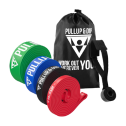
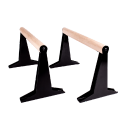
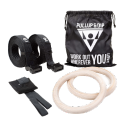



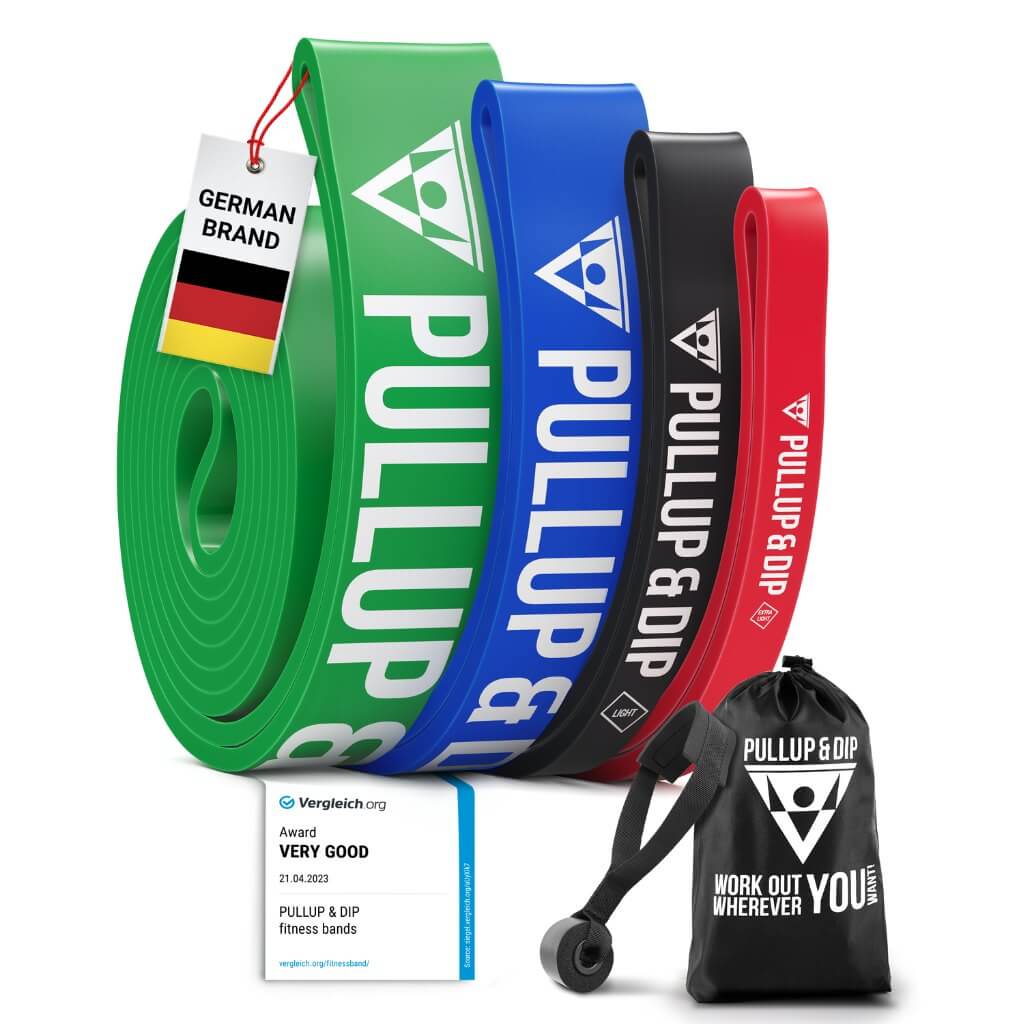
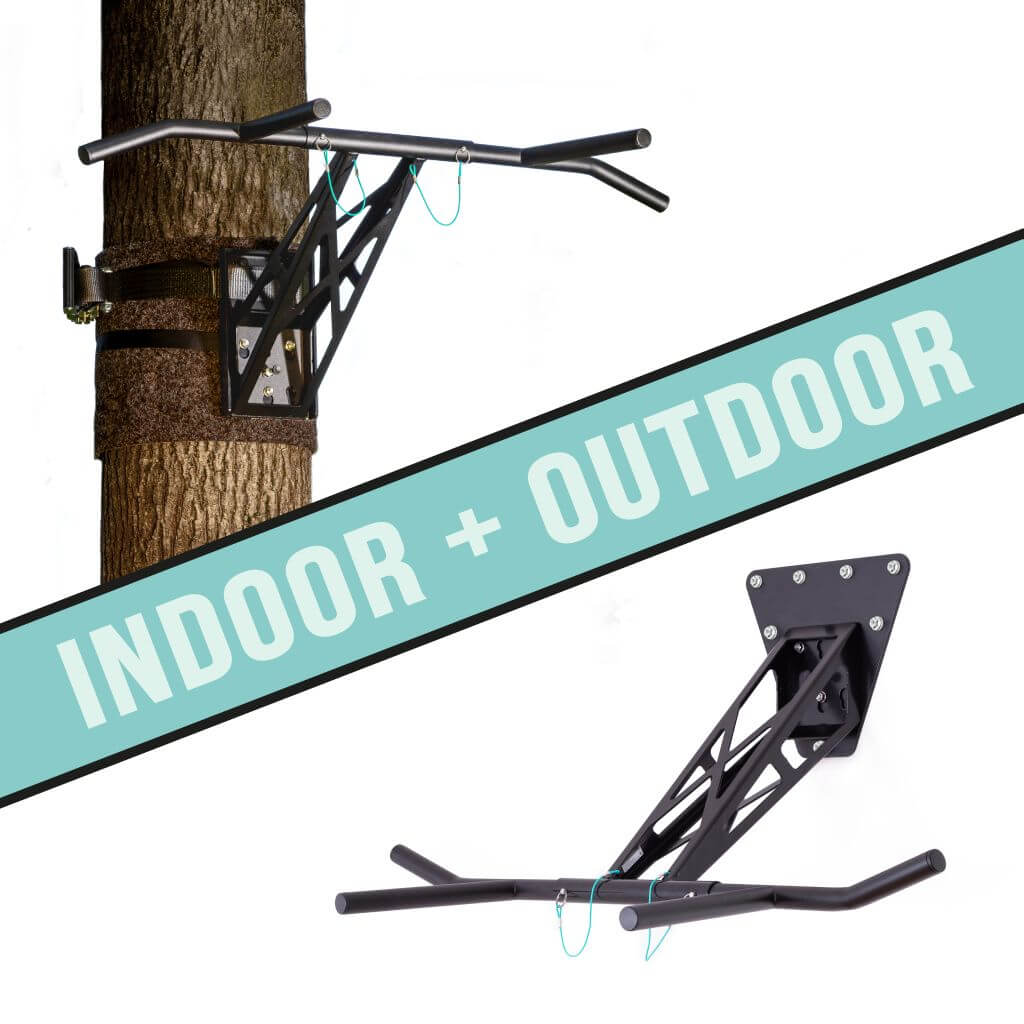
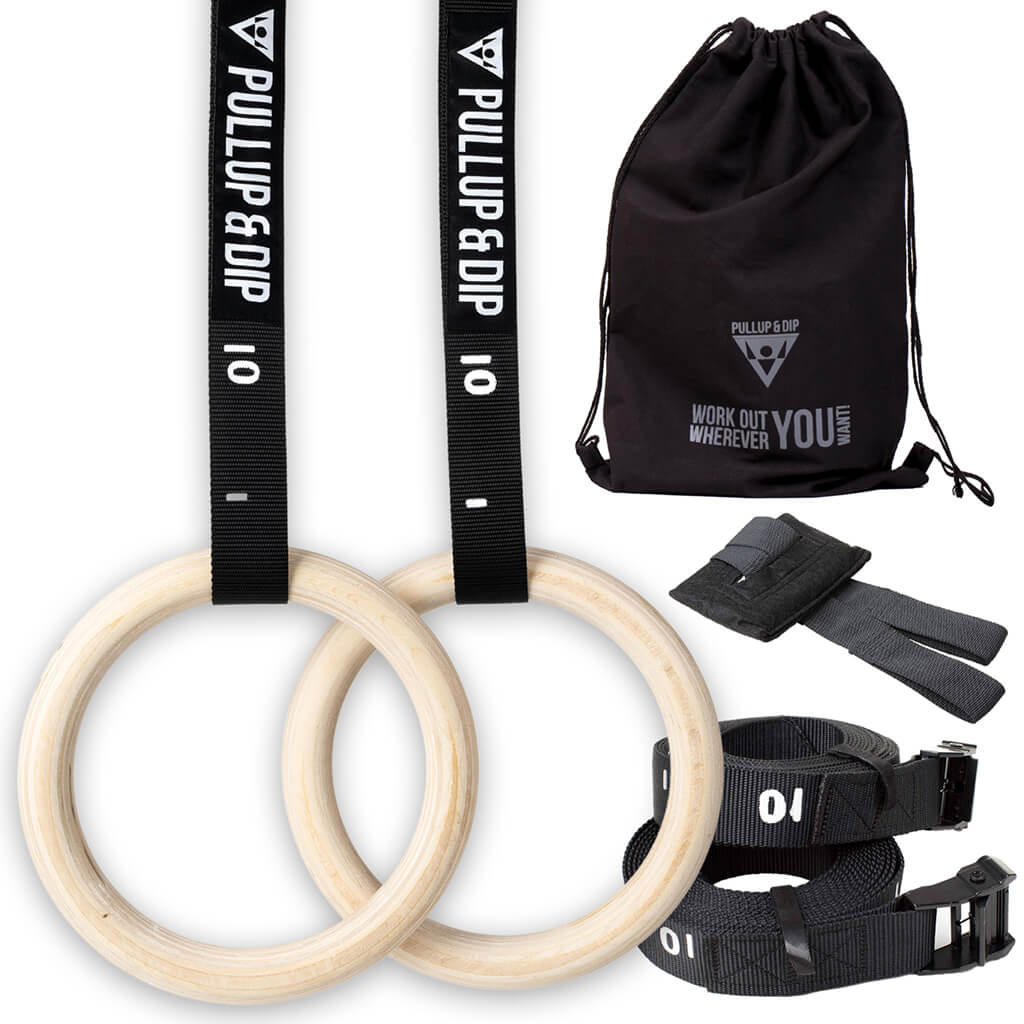
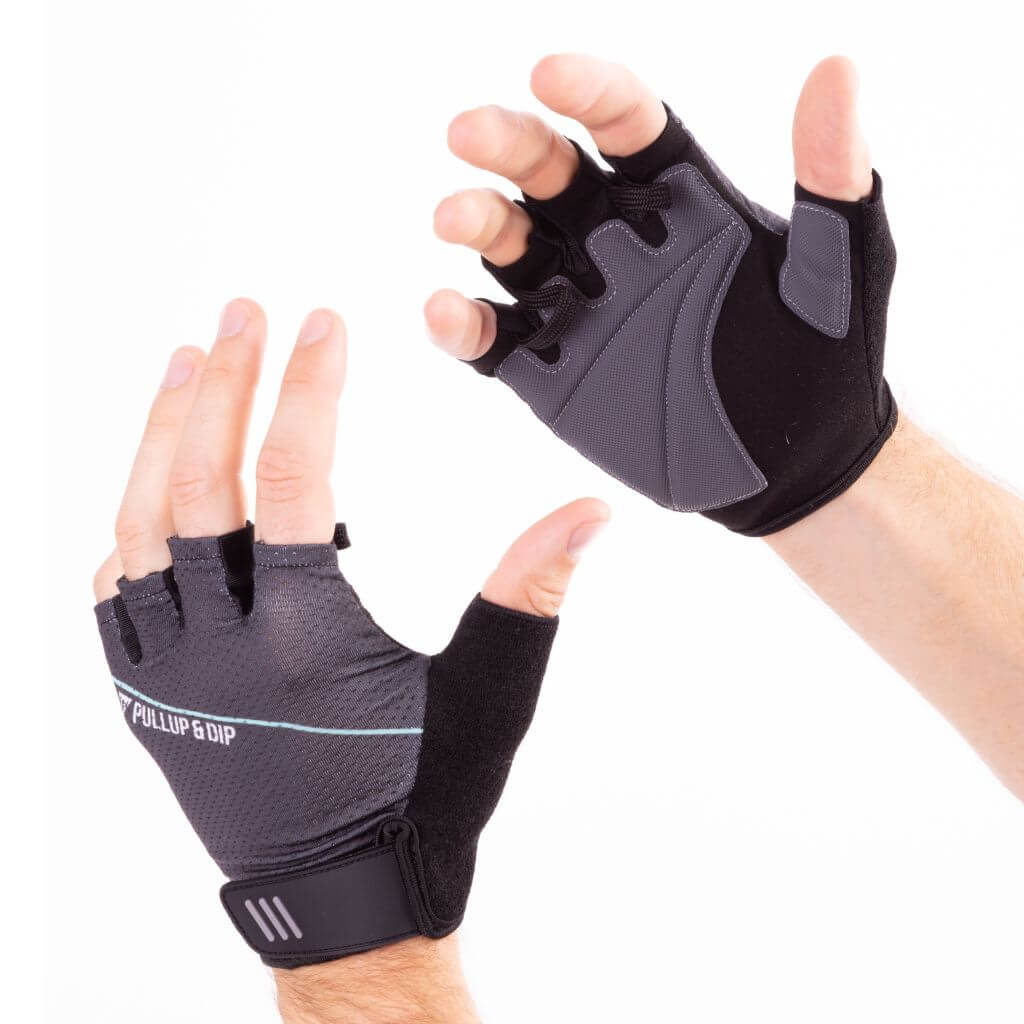
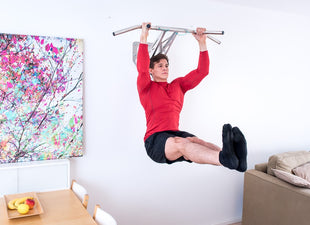
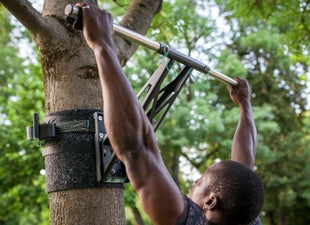
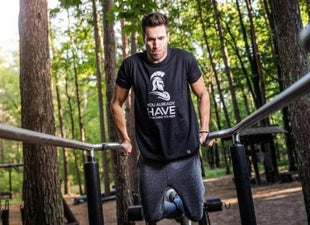
Leave a comment
All comments are moderated before being published.
This site is protected by hCaptcha and the hCaptcha Privacy Policy and Terms of Service apply.